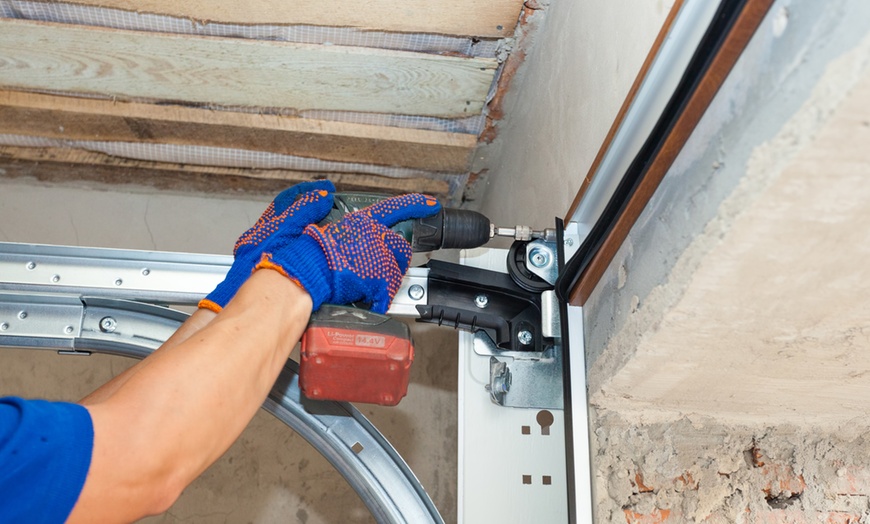Unlocking the Secrets of Garage Door Repair: A DIY Guide
Welcome to the world of DIY garage door repair ! Dealing with a malfunctioning garage door can be frustrating, but fear not – armed with the right knowledge and tools, you can tackle many common issues yourself. Whether it's a stuck door, a malfunctioning opener, or noisy hinges, understanding the basics of garage door repair can save you time and money. In this guide, we will explore some essential tips and techniques to help you successfully address garage door issues without breaking the bank. Let's dive in and unlock the secrets of garage door repair together.
Common Garage Door Issues
Garage doors are essential components of any home, providing security and convenience. However, they can develop various issues over time. One common problem is a misaligned track, which can cause the door to operate unevenly or get stuck. This issue often requires realignment or track replacement to ensure smooth functionality.
Another common garage door problem is worn-out springs. Garage door springs are under constant tension and can wear out over time, leading to difficulty in opening or closing the door. It is crucial to address worn-out springs promptly to prevent further damage to the door mechanism and ensure safe operation.
Additionally, sensor malfunctions are frequent problems with garage doors. Sensors are responsible for detecting obstacles in the door's path and ensuring safe operation. If sensors are dirty, misaligned, or damaged, the garage door may not function properly or may reverse unexpectedly. Regular sensor maintenance is crucial to prevent accidents and maintain the door's efficiency.
Essential Tools for DIY Repair
To get started on your garage door repair project, having the right tools is essential. Here are some must-have items that will make the job much easier:
First on the list is a set of screwdrivers in various sizes, including both flat-head and Phillips head. These will come in handy for removing screws and working with different types of fastenings.
Next, you will need a good quality adjustable wrench to help you loosen and tighten nuts and bolts during the repair process. Make sure it's adjustable so it can fit various sizes.
A level tool is crucial for ensuring that your garage door is properly aligned after making adjustments. This will help prevent any uneven or crooked movements when opening and closing the door.
Step-by-Step Repair Guide
First, start by visually inspecting the garage door for any obvious issues such as dents, misalignment, or rust. Check the tracks for debris or dirt that may be causing the door to stick. Use a lubricant specifically designed for garage doors to grease the tracks and hinges.
Next, test the garage door opener to ensure it is functioning properly. Replace the batteries in the remote control if needed. If the opener is not responding, check for power supply issues by inspecting the fuse box or circuit breaker.

Lastly, if the garage door still does not operate smoothly after these initial steps, it may be time to call a professional repair service. Attempting complicated repairs without the necessary expertise can be dangerous and may cause further damage to the door. Knowing when to seek professional help is crucial in maintaining the safety and functionality of your garage door.